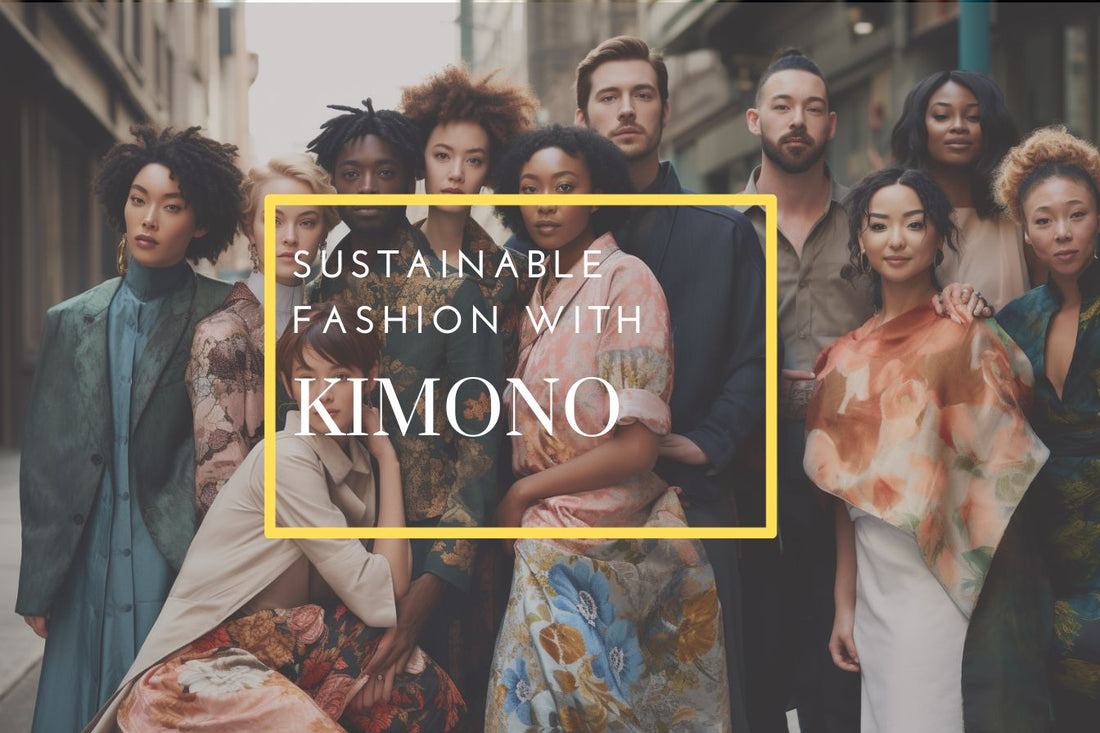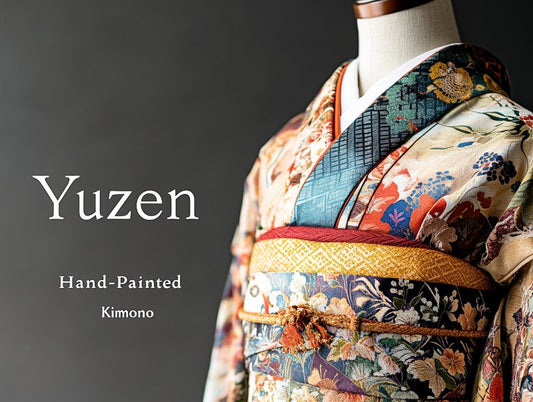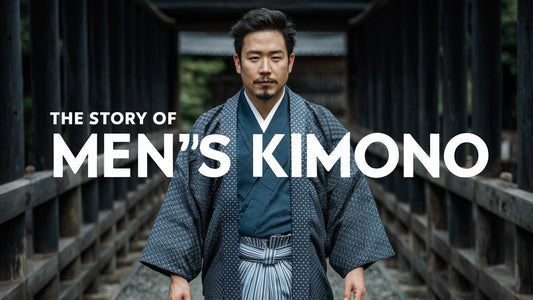
The Journey to Sustainability in Fashion: Kimono Koi's Eco-Chic Evolution
Share
Introduction:
In a world where fast fashion reigns supreme, the spotlight on sustainability in the fashion industry shines brighter than ever. As conscious consumers seek eco-friendly alternatives, enter Kimono Koi, a trailblazer that's transforming vintage kimonos into modern fashion gems. This article explores the importance of sustainability in fashion, infused with the essence of Japanese eco-consciousness.
The Sustainability Revolution
Sustainable fashion is no longer a fringe movement; it's a transformative wave sweeping across the fashion landscape. It's about minimizing waste, treading lightly on the environment, and promoting ethical practices from start to finish.

Reviving the Past for the Future
Kimono Koi embraces sustainability by giving vintage kimonos a second life as contemporary fashion pieces. Each kimono, with its history and intricate artistry, becomes the canvas for modern creations. This approach not only breathes new life into these exquisite textiles but also lessens the environmental load that comes with producing brand-new fabrics.

Honoring Cultural Heritage
Beyond sustainability, Kimono Koi's mission extends to the preservation of cultural heritage. Vintage kimonos, with their symbolism and historical significance, are true treasures in Japanese culture. By repurposing them, Kimono Koi pays homage to this heritage and ensures that these traditions live on.

Craftsmanship Meets Creativity
Repurposing vintage kimonos isn't just recycling; it's an art form. Kimono Koi's skilled artisans carefully disassemble these kimonos to preserve their fabric. This fabric then becomes a range of modern fashion items, from dresses to scarves, representing the perfect fusion of traditional craftsmanship and contemporary creativity.

Eco-Friendly Advantages
The eco-friendly advantages of repurposing vintage kimonos are evident. By reusing existing textiles, Kimono Koi reduces the need for energy-intensive fabric production and minimizes waste. The brand's commitment to sustainability also draws inspiration from Japanese concepts like "Mottainai" (a sense of regret over wasting resources) and "Kintsugi" (repairing broken items with gold, symbolizing beauty in imperfection).

The Way Forward
In an age of conscious consumerism, Kimono Koi's sustainable approach resonates with those seeking ethical and eco-conscious fashion. By preserving cultural heritage, reducing waste, and offering unique, high-quality pieces, Kimono Koi showcases how fashion can be beautiful, meaningful, and sustainable.

Conclusion
Sustainability in fashion isn't a fleeting trend; it's a movement with lasting impact. Kimono Koi's dedication to reviving vintage kimonos beautifully embodies Japanese sustainability principles. By embracing eco-consciousness, preserving cultural heritage, and creating one-of-a-kind fashion pieces, Kimono Koi sets the stage for a more sustainable and responsible fashion future.


